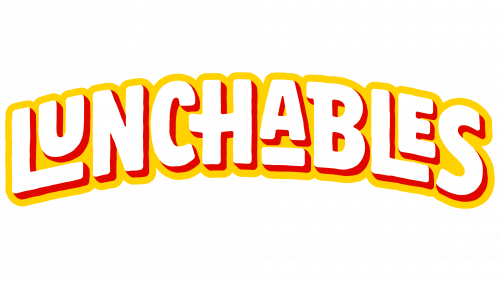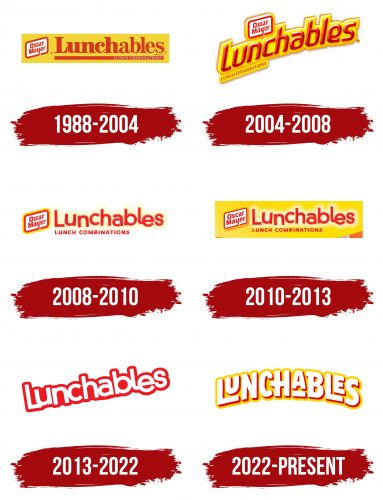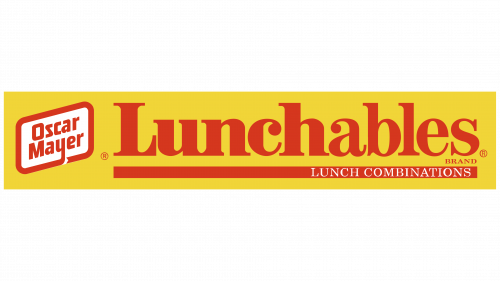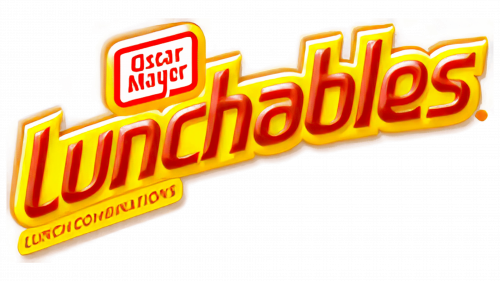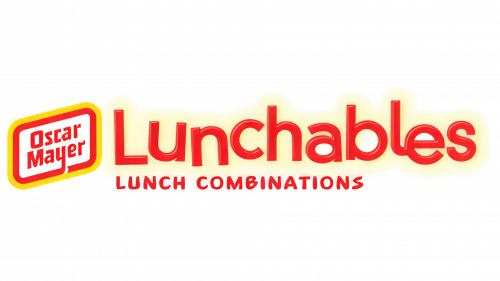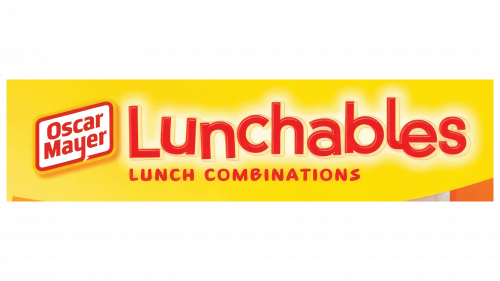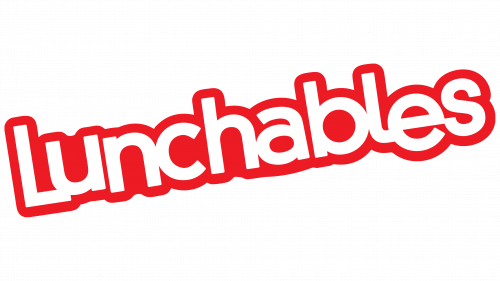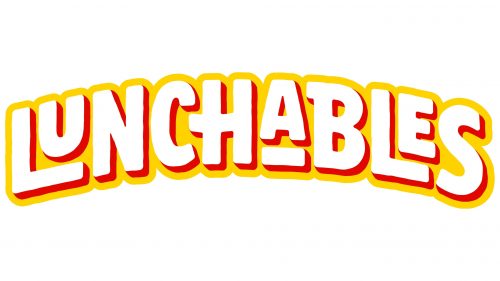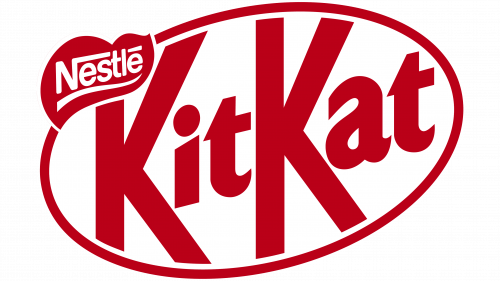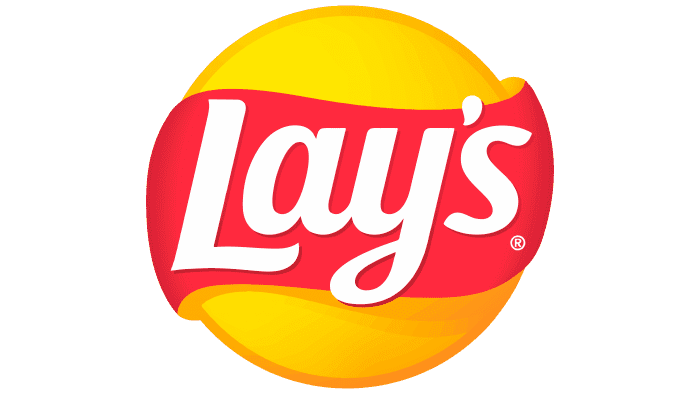The Lunchables logo reflects the popularity and convenience of these meal kits. The compact design highlights the variety and assortment of tasty ingredients in a single box. Every detail of the logo showcases a commitment to health and balanced nutrition for schoolchildren, making the product appealing to parents and kids.
Lunchables: Brand overview
The origins of the Lunchables brand may be traced back to 1985, when a development team at Oscar Mayer, a Kraft Foods subsidiary, began developing a new lunchtime item. The concept came about due to the changing way American families lived—with increasingly working parents and a growing demand for easy and quick ways to feed their kids.
The concept of a “portable, convenient lunch” caught the attention of development team leader Bob Drane, who saw adults assembling their meals by mixing and matching different products. He thought a similar strategy should be used for kids’ lunches, allowing them to assemble their meals.
The brand was formally introduced in 1988 following two years of intense study and development. The first lineup offered pizza, hamburgers, and turkey sandwiches. Kids could assemble each kit’s parts to create a full meal.
Alongside the product’s introduction, a marketing push highlighted its appeal to kids and parents alike. Consumers immediately recognized the term “Lunch Packed!”
The product gained considerable popularity in the early 1990s. In 1991, a new variation known as “Taco Bell’s” was unveiled by the popular fast-food restaurant company. This collaboration marked the beginning of partnerships with other companies.
By the middle of the 1990s, the brand had become a phenomenon in the children’s food sector. The “Nuggets” variety was introduced in 1995 and soon rose to the top of the range in popularity.
But even with its financial success, nutritionists and health experts started criticizing the product. The high fat, salt, and preservative levels drew criticism. In 1997, the company started focusing on increasing the nutritional value of its goods in response to this criticism.
The brand debuted its “Fun Fuel” range in 1999, with more healthful selections like fruit and yogurt. This project aimed to satisfy the rising demand for kid-friendly meals.
Throughout the early 2000s, the company kept adding new items to its selection. The “Mega Pack”—larger kits targeted toward adults and teens—debuted in 2001.
2004, the business introduced the “Jr.” brand to younger kids. This line featured softer ingredients in smaller amounts.
A further step toward healthier eating was taken in 2007 with the introduction of “Lunchables with Smoothie,” which featured a fruit smoothie as a beverage.
The “Uploaded” range, launched in 2010, targeted teenagers. These packages offered larger amounts and extra snacks, meeting the demands of growing kids.
In honor of its 25th anniversary, the brand received a redesign in 2013. The packaging and recipes were modified to increase the nutritional content of various products.
In 2017, the company declared that it would stop adding artificial colors, flavors, and preservatives to its goods, a big step toward using natural ingredients.
The “Organic” range, which includes goods created with organic ingredients, was introduced in 2018. This action was taken in response to consumers’ rising demand for organic products.
In 2020, the brand added more breakfast alternatives to its product lineup. These kits included fruit cups, waffles, and pancakes.
In 2021, the company kept broadening its selection and adjusting to its customers’ shifting demands. The business debuted a brand-new product line dubbed “Lunchables with 100% Juice.” This project aimed to satisfy the rising demand for kid-friendly lunch options. Compared to conventional drinks with added sugar, the new kits contained 100% natural fruit juice, greatly enhancing the product’s nutritional profile.
In 2022, the manufacturer made a major advancement in sustainability. The business declared it would switch to entirely recyclable packaging for all its goods, with anticipated completion by 2025. In addition, a program was started in collaboration with significant retail chains to gather and recycle unwanted packaging.
The brand unveiled a new range that year inspired by international cuisines. This line of kits, dubbed “World Tour,” featured ingredients from Mexican, Asian, Italian, and other cuisines.
The cutting-edge “Build-Your-Own” line debuted in 2023. Thanks to these kits, kids had even more opportunities to demonstrate their creativity and individuality by putting together their meals. Each kit included a variety of ingredients to enable the creation of original combinations.
The company debuted its first line of entirely vegan products in early 2024. These kits were created in reaction to the rising popularity of plant-based diets and veganism among young people. The brand kept the iconic concept of creating your meal while offering a range of options centered around fruits, veggies, and plant proteins.
Additionally, in 2024, the business introduced the “Food Lab” educational initiative in association with multiple colleges. This program aimed to create better, healthier, and more sustainable products for the next generation while investigating cutting-edge methods for children’s nutrition.
The brand is still among the most well-known in the ready-to-eat children’s lunch market, and it continues to innovate and expand its product range.
Meaning and History
What is Lunchables?
This is a popular brand of prepackaged lunches produced by Kraft Heinz. Designed primarily for children, the brand offers a variety of convenient meal options that typically include crackers or small tortillas, cheese, and proteins such as ham or turkey. The company has expanded its product line to include pizza, nachos, sandwich kits, and desserts and beverages in some packages. The brand is known for being interactive, allowing children to assemble their food, which brings fun to the lunch hour. These products are advertised as a convenient solution for busy parents and a fun food option for kids, especially for school lunches or snacking on the go. Initially aimed at children, the products have also gained popularity among adults looking for quick meal options with limited portions. The brand’s success lies in its combination of convenience, variety, and appeal to children, making it a recognizable name in the prepackaged food market.
1988 – 2004
From the beginning, the Lunchables brand focused on comprehensive service and compactness. The logo’s yellow rectangular background was associated with a closed box, reflecting the products’ readiness and primary color scheme.
On the left side of the logo was an image of a complete kit, depicted as a white rectangle with rounded corners. This image symbolizes the convenient plastic containers with multiple compartments that hold the brand’s products. The bold red outline added a sense of completeness and emphasized the originality of the company’s concept. This element is part of the Oscar Mayer logo, the company that produces the brand.
On the right, the red name was displayed, with the word “Lunch” in a bolder font, highlighting the primary purpose of the boxes. Below the name, on a red line, was the tagline: “lunch combinations.” This line, resembling a news ticker, symbolized the products’ freshness and readiness for immediate consumption.
2004 – 2008
The logo appears compact and appetizing. The name is written in red letters that resemble the texture of ketchup. The yellow background, which follows the shape of the letters, evokes associations with baked dough, French fries, and cheese slices.
At the top of the logo, above the name’s first half, is a compact lunchbox, which serves as the Oscar Mayer emblem. This symbol is placed on a separate yellow background, ensuring harmony with the rest of the logo.
At the bottom of the logo, on a third yellow background, states that the brand offers “lunch combinations.” All the text is curved in an arc, symbolizing care for consumers and emphasizing the great taste of the ingredients. The emblem evokes strong associations with food, giving the logo a rich and “satisfying” appearance.
2008 – 2010
The logo returned to its original combination, but the font changed. The letters became more playful and childlike, bringing the brand closer to its consumers. Instead of the usual yellow rectangle, a light, semi-transparent outline was used around the letters, giving the characters a sense of fun and lightness. This design choice highlights the product’s lower calorie content and creates the impression of a fragrant trail accompanying the delicious contents of the boxes.
2010 – 2013
The logo was once again placed on a yellow rectangular background, giving the emblem a familiar and appealing look. The outline of the letters transformed into a light glow, creating the impression that the brand is a gift, the perfect solution for school lunches. The letters come to life, playfully bouncing, reflecting its young consumers’ energy and lively spirit.
2013 – 2022
In 2013, the brand focused on “quick and tasty lunches.” The yellow elements were removed from the design, and now the white, upward-facing letters emphasize the box’s freshness, safety, and low-calorie content. The red outline of the letters highlights urgency, but due to its association with danger, the new logo became less appealing in terms of appetite.
2022 – today
The Lunchables logo stands out with its brightness and cheerfulness, perfectly reflecting the brand’s core message for children. The modern symbol has moved away from the overuse of red, returning to a warm and friendly yellow palette that evokes joy and fun. This choice gives the emblem a sense of lightness and appeal, making it visually pleasing and delicious.
The bold white letters of the logo resemble lines that could be made from cottage cheese, sour cream, or dough, creating associations with the softness and fluffiness of the product. These glyphs give an impression of lightness, emphasizing that the brand’s products are easy to consume and ideal for a quick snack.
An interesting detail is the reduction in the size of two letters in the logo, symbolizing the compact arrangement of products in Lunchables boxes. This reflects the variety of compartments in the boxes, where different ingredients can be found to create your meal. This element also serves as a reminder that the brand is child-focused, highlighting the playful and creative aspects of the product.
The red shadows added to the letters emphasize and symbolize spices and seasonings, enhancing the associations with flavor and appetite. The light yellow outline around the letters transforms the text into a delicious cloud, reinforcing the theme of children’s meals and making the emblem visually more dimensional and attractive.
Every element is thoughtfully designed to resonate with the brand’s target audience—children and their parents. This logo evokes positive emotions and helps the brand remain a leader in the kids’ snack market.
